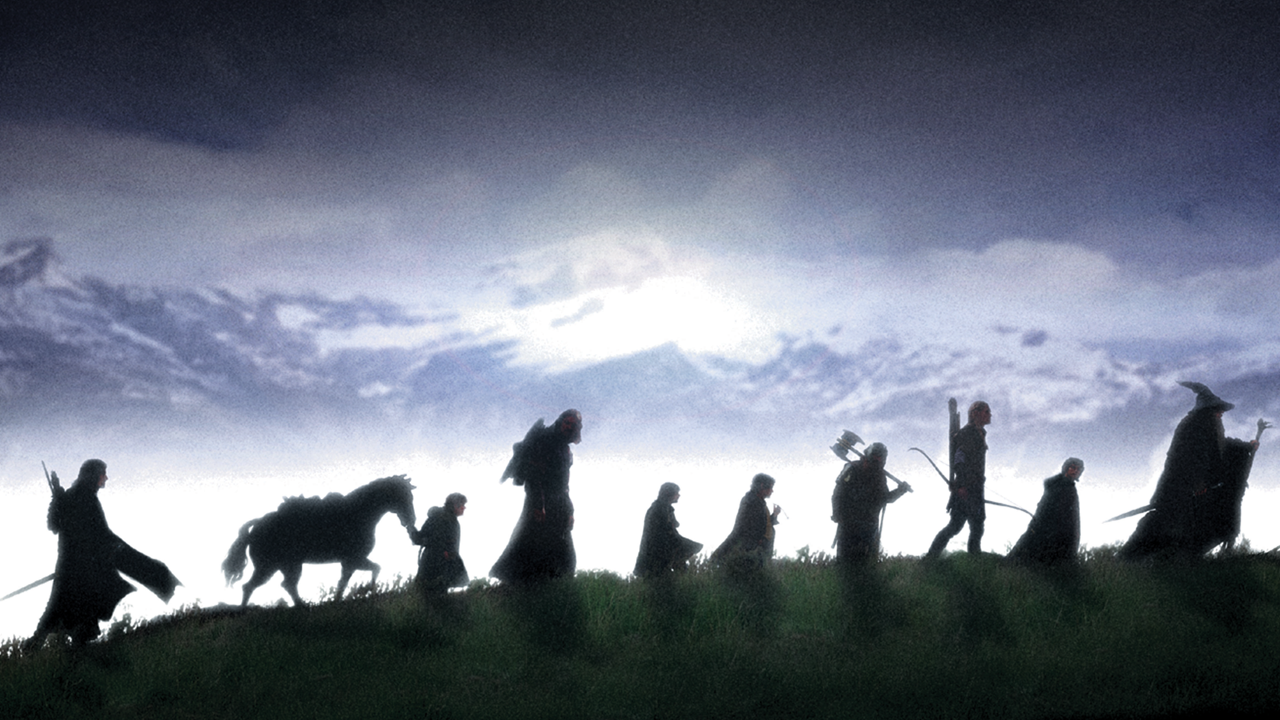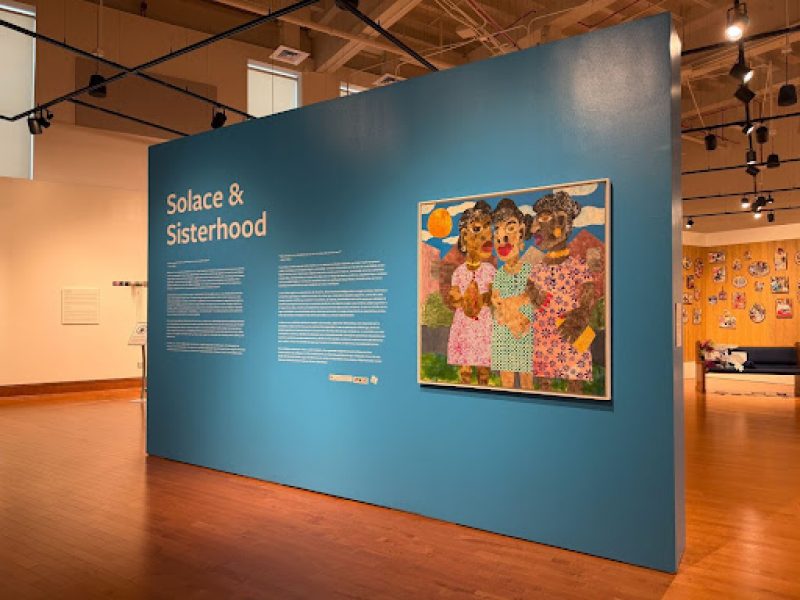Fantasy books fill our minds with impossible images and our hearts with boundless wonder.
The reader is forced to use their imagination to construct large-than-life creatures, structures, scenery and moments. But if these imagined concepts exist in our head like hazy yet epic mythology, doesn’t putting them on a big screen take away from the mystery and excitement?
This is a problem with TV show and film adaptations — the awe-inspiring visions we conjured up while reading them pale in comparison to the CGI creations we see on screen.
As we approach the 15-year anniversary of Peter Jackson’s The Fellowship of the Ring, the first movie in the Lord of the Rings trilogy, we can remember this highly acclaimed series as an example of bringing the abstract to life.
In a modern movie climate dominated by spectacle, it can be easy to get lost in the beautiful visual marvels that contemporary technology is able to create. Often, fantasy movies can get by on this alone.
The Lord of the Rings movie series certainly utilized this, and it was a necessity. The books are about a quest against the forces of evil and epic conflicts that ensue in the magical realm of Middle Earth, so naturally there had to be some powerful special effects.
Yet the story is told largely through meetings in elegant rooms and conversations over campfire. Of course, the battles are a hugely important part of the films, but war without characters we love has little weight. This concept is true for any genre when it comes to human drama — horror films help us get to know characters before they are terrorized, and romance films endear us to the protagonist so we want them to find love. What good is a touching moment if the audience doesn’t care about the characters involved?
Jackson’s success came from his consistency to the book’s character development. Of course, he had to cut a significant portion of the dialogue — these books are 400 to 500 pages each. But the most essential and revealing moments were left in for the movies. The books are filled with action, so another director may have turned their focus to the action, stretching it out for as long as they could.
But again, why do we care about these moments? Because of the people they are happening to. This is where some fantasy films — and most action films — fall short of their potential, and it’s where the Lord of the Rings trilogy stands apart. We mourned Boromir’s death because we understood that he was well-intentioned yet corrupted by the ring. We cheered when Gandalf arrived with the riders of Rohan because they were saving the characters inside Helm’s Deep.
How a film will end is often the most intriguing part of the story, but it isn’t a mystery how Lord of the Rings ends. It is a classic good versus evil conflict, involving a clearly just cause that will prevail, no matter how bleak the situation may seem. There weren’t any profound twists once the characters’ motives were established, and the ending was fairly obvious. Even someone with no previous knowledge of the trilogy could have seen it coming.
Yet the Lord of the Rings films were universally acclaimed, raking in crazy amounts of money at the box office and winning 17 of their 30 Academy Award nominations. Sometimes books are better left in the abstract — any interpretation of a location or creature that is made will be relentlessly criticized. But an adaptation that shapes the characters with the detail-oriented obsession can make any fantasy film worth watching. Even if we already know how it ends.



